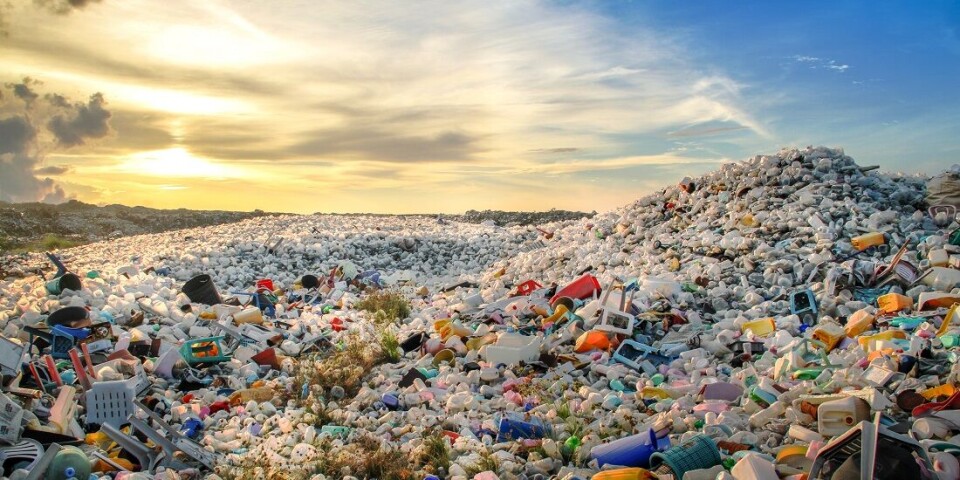THIS CONTENT IS BROUGHT TO YOU BY NTNU Norwegian University of Science and Technology - read more

Researchers have found more than 16,000 chemicals in plastic
They are worried. About a quarter of these chemicals can be hazardous to health and the environment.
Plastic pollution is an international environmental crisis, and the researchers behind a new report are becoming increasingly concerned about the health consequences of plastic.
“We know that there are many problematic chemicals in plastics. They pose a threat to both human health and the environment. Therefore, we must make plastic safe and sustainable,” says Martin Wagner.
He is a professor at NTNU’s Department of Biology, and the lead author of a new international report that was recently published. The PlastChem Report provides essential scientific information about chemicals found in plastics, enabling us to produce much safer plastics in the future. Wagner coordinated the project.
The UN is working on a global plastics treaty
The United Nations is in the process of negotiating a global treaty on plastics.
The goal is to end plastic pollution and develop plastics that are safer and more sustainable. That makes it very important for decision-makers to know as much as possible about the chemicals in plastics, and take them into account when making decisions.
“We can only deal with the plastic problem if we take the chemicals in the plastic into account, and manage them in a responsible manner,” says Wagner.
A previous report on plastics from the United Nations Environment Programme (UNEP) identified 13,000 chemicals, but the new report shows that the number is actually more than 16,000.

One in four plastic chemicals is dangerous
The key findings of the new report:
- At least 4,200 plastic chemicals, approximately 26 per cent, pose a health and/or environmental hazard.
- 400 of the chemicals that are of concern to the researchers are found in all types of plastics, including plastic food packaging. All plastics can leach hazardous chemicals.
- To make plastic materials safer, we need new methods to regulate the chemicals. This includes identifying the hazardous chemicals and regulating hazardous groups of plastic chemicals.
In addition to being a database of problematic substances, the document also provides a method for identifying and managing chemicals of concern in plastics.
Plastic chemicals include all chemicals found in plastic, in addition to additives, impurities, and chemicals that are used during production.
Four pieces of advice
The researchers have formulated four points that they believe decision-makers must address:
- Regulate the use of problematic substances in plastics.
- Create more transparency around which chemicals are used in plastic production.
- Make plastics less complicated so we don’t have to deal with so many chemicals.
- Increase impact and capacity to make it easier for authorities, industry, and researchers to work together to make better plastics.
Unique report on plastics
“This is a unique report. It uses a systematic, comprehensive approach to understand the chemical dimension of plastics,” says co-author and NTNU Professor Hans-Peter Arp.
Reference:
Wagner et al. State of the science on plastic chemicals - Identifying and addressing chemicals and polymers of concern, Zenodo, 2024.
———
Read the Norwegian version of this article on forskning.no
More content from NTNU:
-
Forever chemicals affect ducklings' genes while they are still in the egg
-
Why are pregnant women in Norway so worried?
-
Politics on Facebook: Populist parties choose divisive issues on purpose
-
Social media is connected to cyberbullying – but not how we thought
-
Forskere ved NTNU får nesten 24 millioner av EU for å lage nye strømomformere
-
This helps the youngest children enjoy school more





































